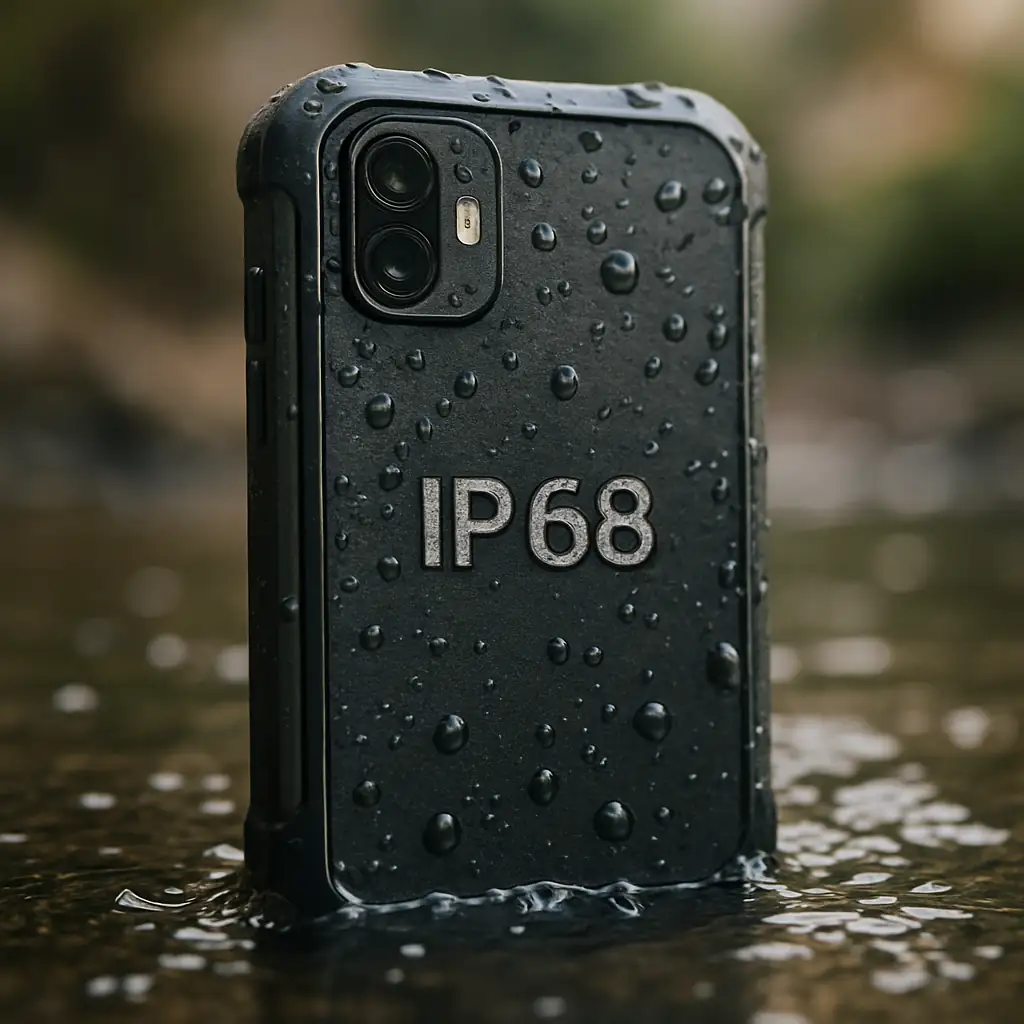Choosing the right touchlight for survival off the grid can make the difference between confidence and discomfort—or even safety and danger. When venturing away from the convenience of modern infrastructure, I know that my lighting source must be reliable, powerful, and suited to my specific needs. But with so many options and features available, what should I really be looking for? In this article, I’ll walk through the key considerations and questions I ask myself when selecting a touchlight for off-grid survival, ensuring I’m always prepared for the unknown.
What Brightness and Beam Distance Do I Really Need?
When I’m evaluating a touchlight for survival situations, the first thing I consider is its brightness, usually measured in lumens. But how many lumens do I actually need? For basic camp tasks or reading, a light with 50–100 lumens is generally sufficient. However, when I need to navigate a dark trail, signal for help, or survey a wider area, I look for touchlights with 200–500 lumens or more. Brightness isn’t just about seeing far—it’s also about visibility in emergencies.
Beam distance is equally crucial. I ask myself: how far do I need the light to reach? If I’m in the woods or open terrains, a long beam distance—often specified in meters—becomes vital for spotting hazards or navigating at night. Some high-quality touchlights offer adjustable focus, allowing me to switch between a wide flood beam for close-up tasks and a narrow spot beam for distance viewing. This versatility can be a game-changer in survival scenarios.
I also consider the environment I expect to be in. Dense forests, for example, reflect light differently than open fields. I make sure the beam pattern fits my landscape, avoiding wasted brightness or insufficient reach. Ultimately, the best choice provides a balance—enough brightness and distance to keep me safe, but not so much that it drains the battery unnecessarily.
Lastly, I remind myself to check the real-world performance, as some manufacturers exaggerate their specifications. User reviews and field tests are invaluable, helping me ensure the touchlight meets its promised output. Selecting the right brightness and beam distance isn’t just about specs—it’s about matching the light’s performance to my survival needs.
How Important Is Battery Life and Power Source Off-Grid?
When living or surviving off the grid, I quickly realize that a touchlight is only as reliable as its power source. Battery life becomes paramount, especially when I have limited options for recharging or replacing batteries. I always look for touchlights with long-lasting runtimes at various brightness settings; those with multiple modes let me conserve energy when full brightness isn’t necessary.
Rechargeable batteries are increasingly popular, but I ask myself: will I have access to solar chargers, hand cranks, or backup power banks? If not, I might prefer a touchlight that runs on common disposables like AA or AAA batteries, which are easy to carry and replace. For extended journeys, I’ll often bring a mix of both rechargeable and disposable-powered lights to maximize versatility.
I also pay attention to battery type and availability. Proprietary batteries might offer higher performance, but they’re hard to replace off-grid. Standard-sized batteries, on the other hand, can often be found or swapped in a pinch. Some modern touchlights even feature built-in USB charging, which works well with portable solar panels or power banks—an essential option for long-term off-grid living.
Finally, I make it a habit to test my touchlight’s real-world battery life before relying on it in the field. Cold temperatures and frequent usage can sap power faster than expected. By understanding both the stated and actual runtimes, I can pack the right number of spares and charging solutions, ensuring my light won’t let me down when I need it most.
Should I Consider Durability and Water Resistance Ratings?
Durability is non-negotiable in off-grid survival situations. I always ask: will this touchlight stand up to the rough conditions I might encounter? I look for robust construction—aluminum or reinforced plastic bodies resist drops, impacts, and crushing far better than cheap alternatives. If I expect to use my light in rugged terrains or extreme weather, I check for drop-test ratings and shock-resistant designs.
Water resistance is another must-have. A touchlight that fails in the rain or after a splash is useless when I’m relying on it for survival. I pay close attention to IP ratings (Ingress Protection); an IPX4 rating means splash resistance, while IPX7 or IPX8 means it can withstand full immersion for short periods. Depending on my environment—humid forests, rivers, or coastal areas—I might prioritize even higher ratings.
I also consider dust resistance, especially if I’m in sandy or dry environments. A light that keeps out fine particles will last longer and perform more reliably. Sealed switches, O-rings, and covered charging ports help ensure no debris or moisture gets inside, which is crucial in unpredictable conditions.
Lastly, I test the touchlight’s durability before heading out, simulating bumps, drops, and wet conditions when possible. Investing in a rugged, water-resistant light gives me peace of mind, knowing that my essential tool won’t fail in the moments I depend on it most.
What Extra Features Make a Touchlight Truly Survival-Ready?
Beyond the basics, I look for extra features that set a touchlight apart for survival use. A strobe function or SOS mode can be vital for signaling in emergencies, drawing attention when I need help. Some models include red or green LEDs, which preserve night vision or serve specialized purposes like map reading or stealth movement.
Built-in power banks are increasingly common. If my touchlight can recharge my phone or GPS device via USB, it becomes even more valuable off the grid. I check that this feature doesn’t compromise battery life too much, and that the output is sufficient for my devices. A magnetic base, pocket clip, or head strap also adds versatility, freeing my hands for tasks like cooking or first aid.
I also value touchlights with memory functions—saving my last-used mode so I don’t have to scroll through settings every time. Lockout modes prevent accidental activation in my pack, conserving precious battery. Glow-in-the-dark or luminescent elements make the light easier to locate at night, which is especially handy in a cluttered campsite or emergency situation.
Lastly, I consider the weight and size. A compact, lightweight touchlight is easier to carry and pack, but it still needs to offer sufficient output and durability. Striking the right balance between features, size, and weight ensures my touchlight is always a help, never a hindrance, in my survival kit.
Choosing the best touchlight for survival off the grid is about more than just picking the brightest or the most expensive model. By asking myself the right questions—about brightness, battery life, durability, and extra features—I ensure that my touchlight meets my real-world needs and stands up to the unpredictable nature of off-grid life. With the right choice, I gain not just illumination, but also peace of mind, knowing I’m prepared for whatever darkness may come my way.


